Subaru Forester vs Toyota Land Cruiser – Differences & prices compared
Compare performance, boot capacity, efficiency and price at a glance.
Find out which car is the better choice for you – Subaru Forester or Toyota Land Cruiser?
Here’s where it gets real: The technical differences in detail
Costs and Efficiency: Looking at overall running costs, both models reveal some interesting differences in everyday economy.
Subaru Forester has a convincingly advantage in terms of price – it starts at 34700 £, while the Toyota Land Cruiser costs 58300 £. That’s a price difference of around 23572 £.
Fuel consumption also shows a difference: the Subaru Forester manages with 8.10 L and is therefore noticeable more efficient than the Toyota Land Cruiser with 10.30 L. The difference is about 2.20 L per 100 km.
Engine and Performance: Power, torque and acceleration are the classic benchmarks for car enthusiasts – and here, some clear differences start to show.
When it comes to engine power, the Toyota Land Cruiser has a distinct edge – offering 205 HP compared to 136 HP. That’s roughly 69 HP more horsepower.
In terms of top speed, the Subaru Forester performs barely noticeable better – reaching 188 km/h, while the Toyota Land Cruiser tops out at 170 km/h. The difference is around 18 km/h.
There’s also a difference in torque: the Toyota Land Cruiser pulls convincingly stronger with 500 Nm compared to 182 Nm. That’s about 318 Nm difference.
Space and Everyday Use: Beyond pure performance, interior space and usability matter most in daily life. This is where you see which car is more practical and versatile.
Seats: Toyota Land Cruiser offers noticeable more seating capacity – 7 vs 5.
In curb weight, the Subaru Forester is significantly lighter – 1693 kg compared to 2410 kg. The difference is around 717 kg.
In terms of boot space, the Toyota Land Cruiser offers evident more room – 742 L compared to 508 L. That’s a difference of about 234 L.
In maximum load capacity, the Toyota Land Cruiser performs somewhat better – up to 2000 L, which is about 269 L more than the Subaru Forester.
When it comes to payload, Toyota Land Cruiser clearly perceptible takes the win – 690 kg compared to 492 kg. That’s a difference of about 198 kg.
Our conclusion: The Toyota Land Cruiser proves to be dominates this comparison and thus becomes our DriveDuel Champion!
Overall, Toyota Land Cruiser is the better all-rounder in this comparison.
Subaru Forester
The Subaru Forester is a versatile SUV known for its impressive off-road capabilities and practical design. With a spacious interior and advanced safety features, it offers comfort and security for both city driving and outdoor adventures. Its reliable performance and all-wheel-drive system make it a popular choice among those who appreciate a combination of functionality and rugged charm.
details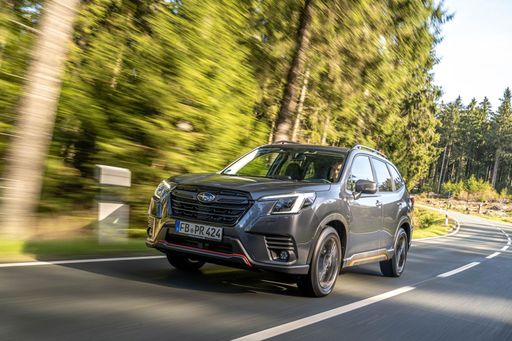 @ Subaru
@ Subaru
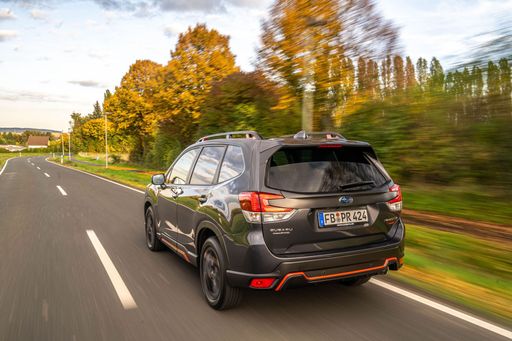 @ Subaru
@ Subaru
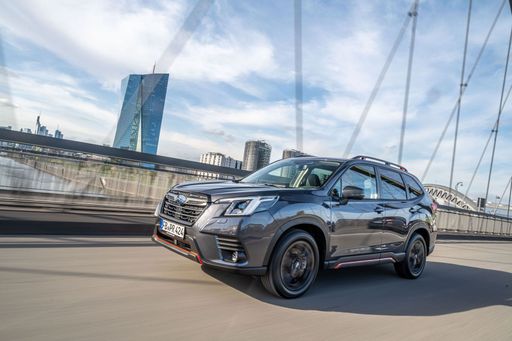 @ Subaru
@ Subaru
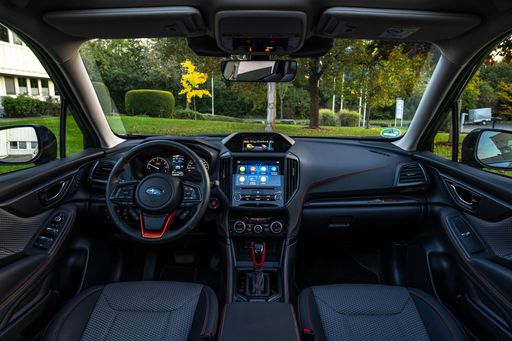 @ Subaru
@ Subaru
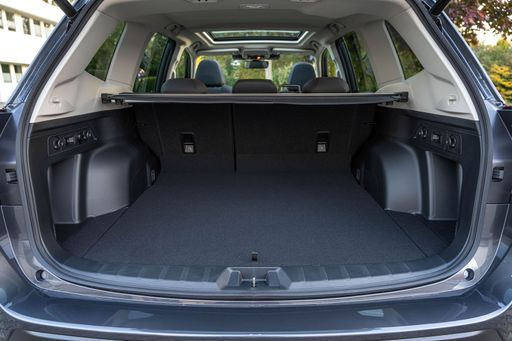 @ Subaru
@ Subaru
Toyota Land Cruiser
The Toyota Land Cruiser is renowned for its robust durability and exceptional off-road capabilities. Its design combines a rugged exterior with a comfortable and functional interior, appealing to both adventure seekers and city drivers. The vehicle's reliability and advanced technology make it a popular choice for those who require a dependable SUV that can handle a variety of terrains with ease.
details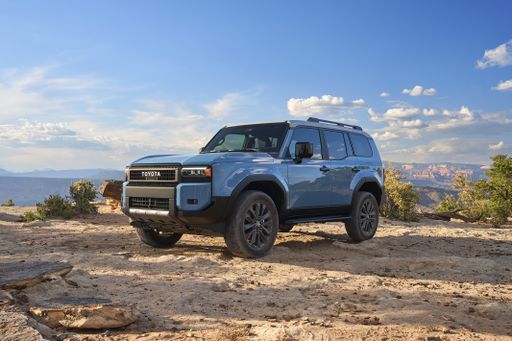 @ Toyota
@ Toyota
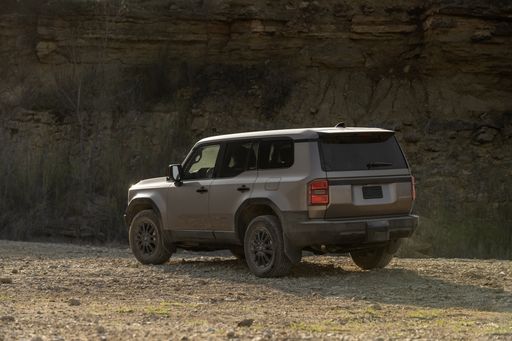 @ Toyota
@ Toyota
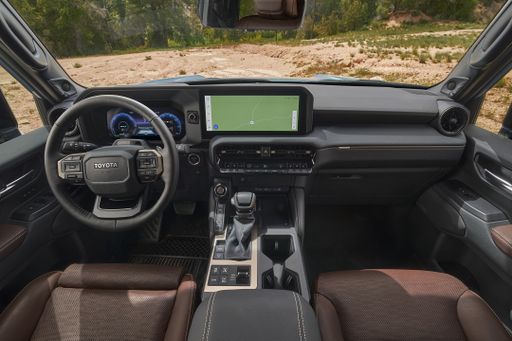 @ Toyota
@ Toyota

|

|
|
|
|
Costs and Consumption |
|
|---|---|
|
Price
34700 - 42200 £
|
Price
58300 - 78400 £
|
|
Consumption L/100km
8.10 L
|
Consumption L/100km
10.30 L
|
|
Consumption kWh/100km
-
|
Consumption kWh/100km
-
|
|
Electric Range
-
|
Electric Range
-
|
|
Battery Capacity
-
|
Battery Capacity
-
|
|
co2
183 g/km
|
co2
272 g/km
|
|
Fuel tank capacity
48 L
|
Fuel tank capacity
80 L
|
Dimensions and Body |
|
|---|---|
|
Body Type
SUV
|
Body Type
Off-Roader
|
|
Seats
5
|
Seats
5 - 7
|
|
Doors
5
|
Doors
5
|
|
Curb weight
1693 - 1739 kg
|
Curb weight
2410 - 2550 kg
|
|
Trunk capacity
508 L
|
Trunk capacity
130 - 742 L
|
|
Length
4670 mm
|
Length
4925 mm
|
|
Width
1830 mm
|
Width
1980 mm
|
|
Height
1730 mm
|
Height
1935 mm
|
|
Max trunk capacity
1679 - 1731 L
|
Max trunk capacity
1875 - 2000 L
|
|
Payload
446 - 492 kg
|
Payload
600 - 690 kg
|
Engine and Performance |
|
|---|---|
|
Engine Type
Petrol MHEV
|
Engine Type
Diesel
|
|
Transmission
Automatic
|
Transmission
Automatic
|
|
Transmission Detail
CVT
|
Transmission Detail
Automatic Gearbox
|
|
Drive Type
All-Wheel Drive
|
Drive Type
All-Wheel Drive
|
|
Power HP
136 HP
|
Power HP
205 HP
|
|
Acceleration 0-100km/h
12.20 s
|
Acceleration 0-100km/h
-
|
|
Max Speed
188 km/h
|
Max Speed
170 km/h
|
|
Torque
182 Nm
|
Torque
500 Nm
|
|
Number of Cylinders
4
|
Number of Cylinders
4
|
|
Power kW
100 kW
|
Power kW
151 kW
|
|
Engine capacity
1995 cm3
|
Engine capacity
2755 cm3
|
General |
|
|---|---|
|
Model Year
2025
|
Model Year
2024
|
|
CO2 Efficiency Class
G
|
CO2 Efficiency Class
G
|
|
Brand
Subaru
|
Brand
Toyota
|
What drivetrain options does the Subaru Forester have?
The Subaru Forester is available as All-Wheel Drive.
The prices and data displayed are estimates based on German list prices and may vary by country. This information is not legally binding.
